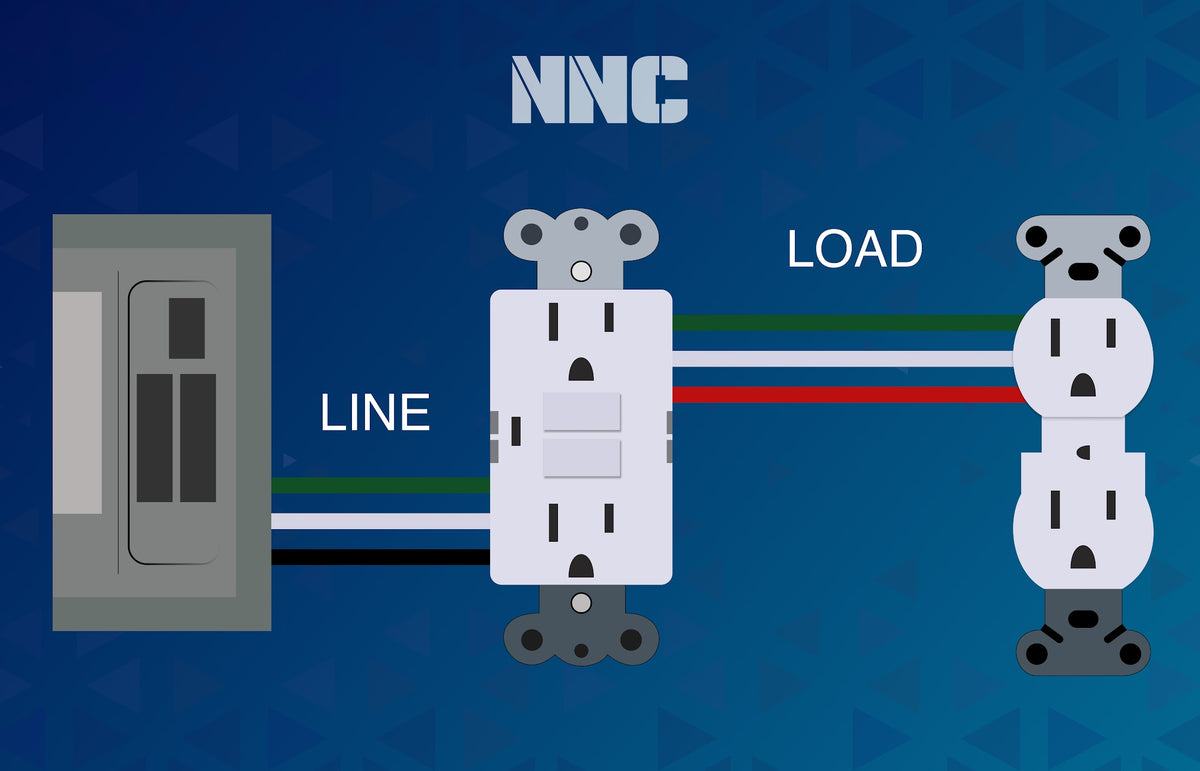
unnamed_1200x1200.jpg?v=1686937524
The line and load wires are important parts of the switches and outlets. It is important to distinguish them for safer wire connections. But how do you differentiate them? That's what I will share in

What is line and load YouTube
Line vs Load Wire: Key Differences. Now, let's delve into the differences between line and load wires: Direction of Electricity: Line wires send electricity into a system, while load wires carry electricity out of a system. Function: Line wires are the source of power, while load wires distribute power to devices. Identification: Line wires are typically marked differently than load wires.
Electrical Wiring Line Vs Load Home Wiring Diagram
The line wire carries the full voltage of the circuit, while the load wire carries a lower voltage. If you mix up the line and load wires, you could potentially expose yourself to a dangerous electrical shock.
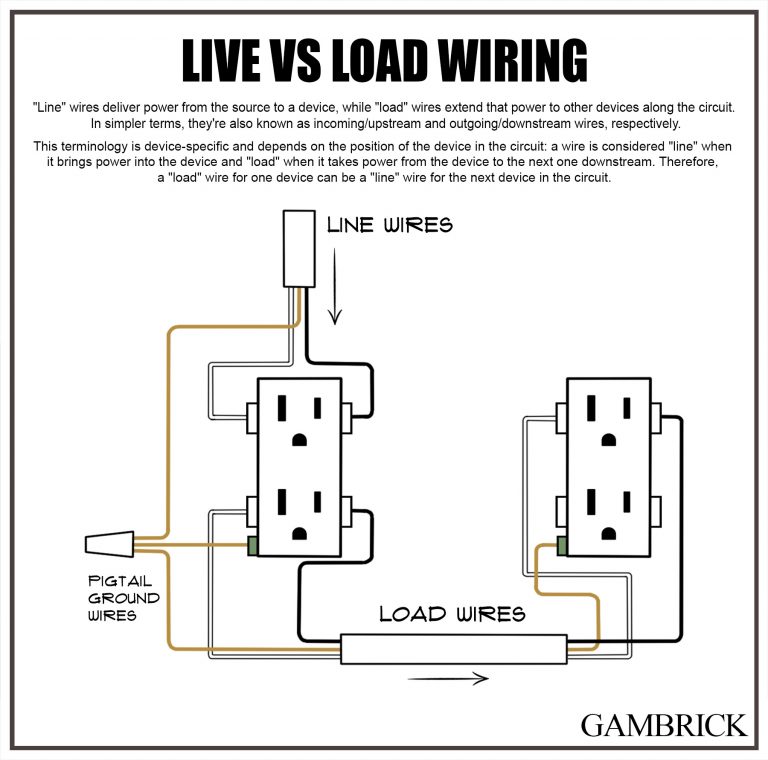
Line vs Load Wiring
Line vs Load Wire Definition Put simply, "line" refers to the wires that feed electricity, and "load" refers to the wires that move it along. A line wire carries power from the source to a device or an appliance. The load wire moves that power to the next device on the chain.

Gfci Load Side Wiring Diagram
Installation - More stringent installation requirements for conduit, boxes, and wire sizing apply to line wiring compared to load wiring. Purpose - Line wiring feeds power downstream to branch circuits. Load wiring connects the loads to utilize the power. Failure Impact - A failure in line wiring can knock out power to multiple loads.
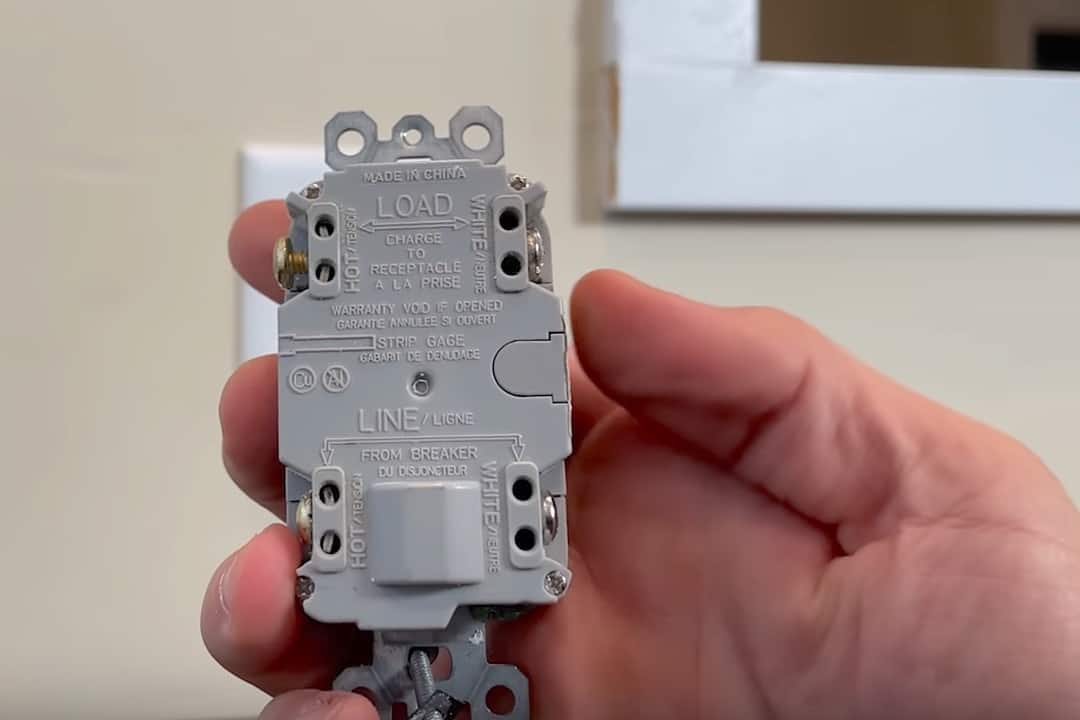
GFCI Outlet Identifying Which Wires Go To Line and Load Terminals
The terms are used in the context of a single device and electrical box, so that the wires that deliver power into the box are described as the line wires, the upstream wires, or the incoming wires, while the wires passing onward to other devices are described as load, downstream, or outgoing wires.
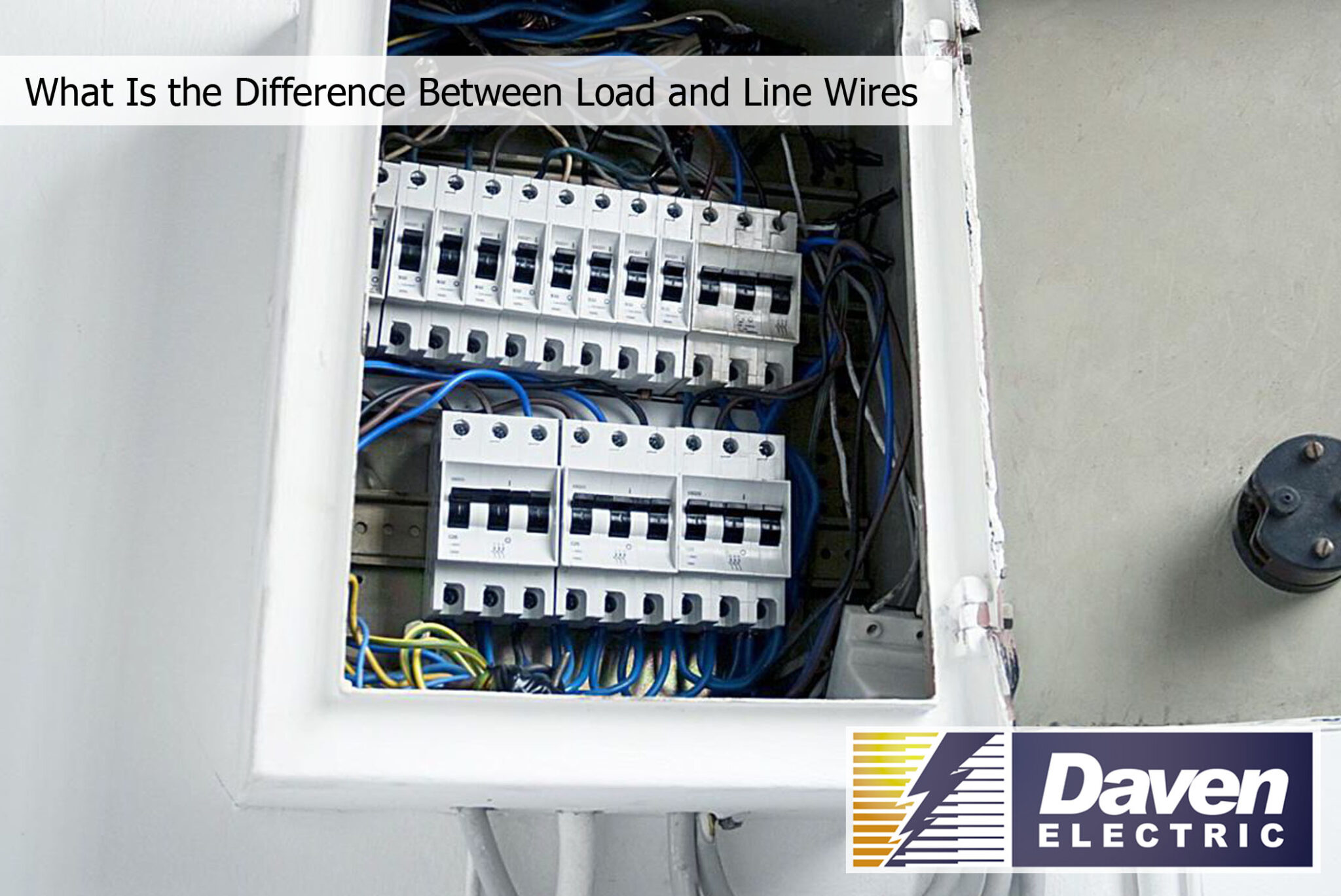
The Difference Between Load & Line Wires Daven Electric Corp.
The easiest and most effective method is to locate the wires by the color combination of their insulation. A distinct hue is assigned to each conductor in the electrical circuit. These hues distinguish between different types of wires, such as line, load, neutral, and ground. It is also important to follow the color coding of your region.
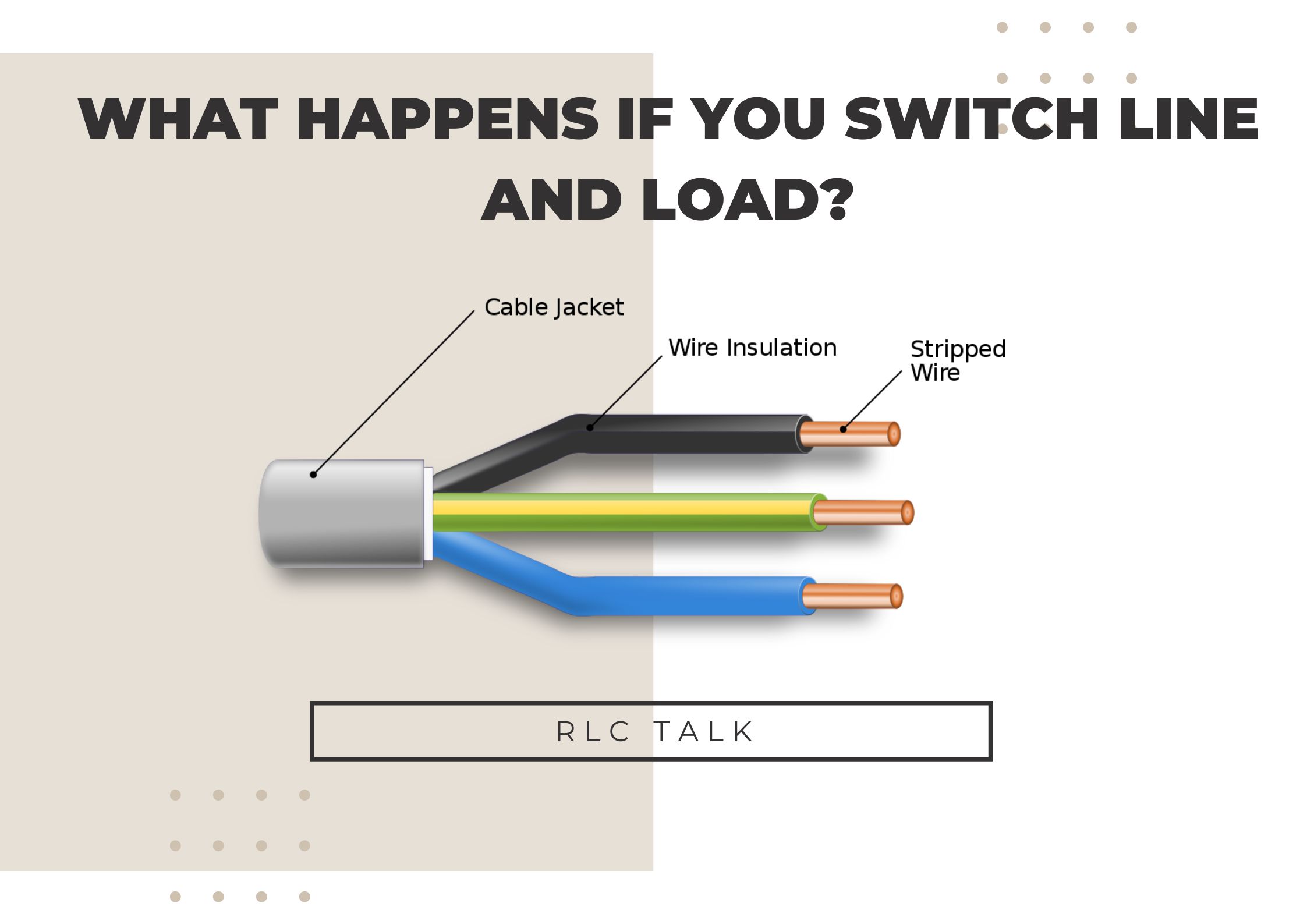
What Happens If You Switch Line And Load?
In general, the line and load both wires work interchangeably, which means both can function as the hot wire or neutral wire, depending on how it is used. The wire that delivers power from the source to an appliance is the load wire while the appliance is the line. The line also carries power further to other devices across the circuit and at.

Feed Wiring Load Vs Line Wiring
The easiest way to distinguish between your line and load wires is through color codes. Generally, wires are insulated with rubber to safeguard us from electrical shock hazards. These rubber insulators also come in a barrage of colors and have a specific meaning.

How to identify line vs. load in this switch? electricians
In an electrical circuit, "line" and "load" are the terms that describe the two points of connection for a device within a circuit. Line wire refers to the hot wire that comes directly from the power source, such as the electrical panel, to other devices, including switches and outlets.
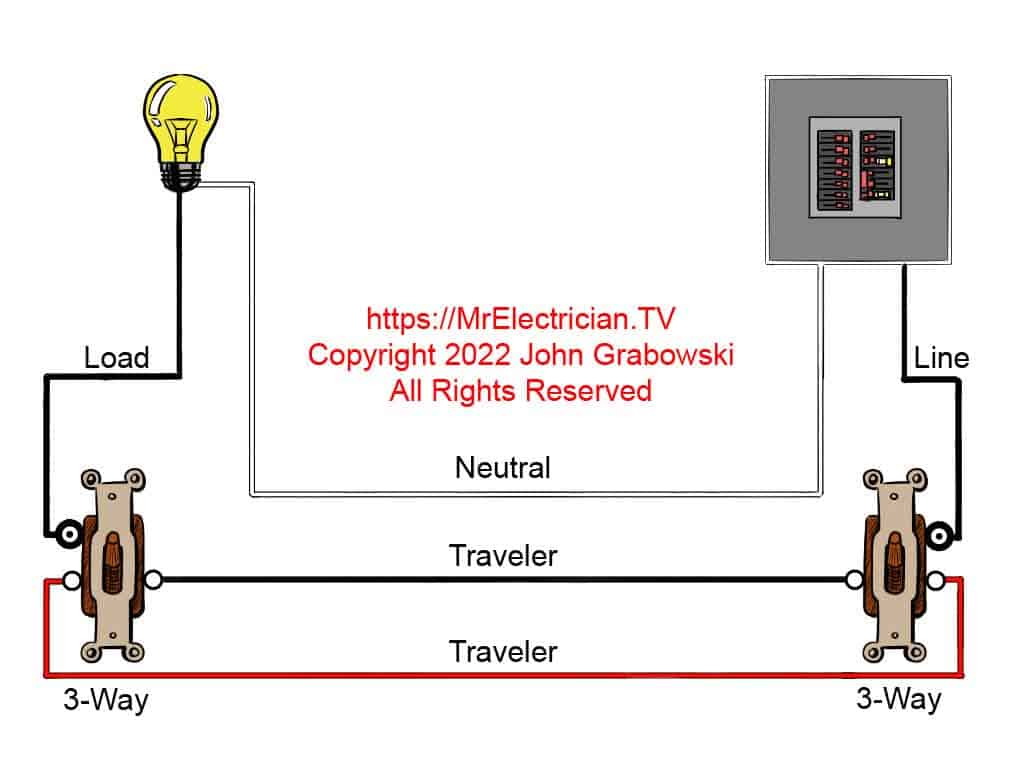
ThreeWay Switch Wiring Diagrams Mr. Electrician
In simple terms, the "line" is the wire that brings electrical power into a circuit, while the "load" is the wire that carries power to the electrical device. Understanding the difference between these two wires is crucial, as they play a significant role in the safety and operation of electrical circuits.

Understanding 3 Wire Gfci Wiring Diagrams WIREGRAM
Line vs Load Wiring. In the electrical industry, "line" and "load" wiring describes the function of wires. "Line" wires deliver power from the source to a device, while "load" wires extend that power to other devices along the circuit. In simpler terms, they're also known as incoming/upstream and outgoing/downstream wiring.
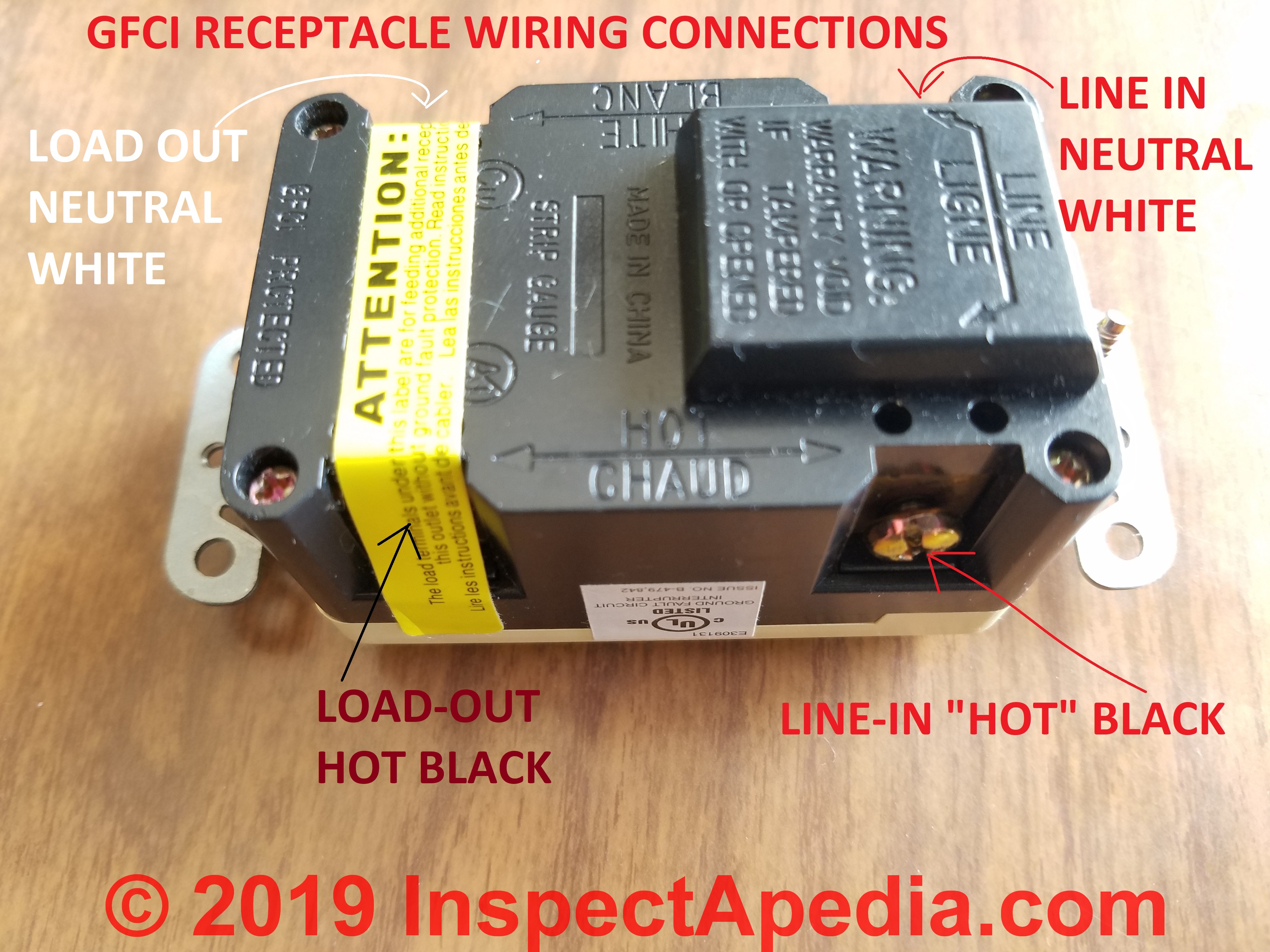
what is the difference between line and load on a gfci Wiring Diagram
Line vs. Load Electrical Wires Understanding the difference between line and load wires is an essential part of working with them. This is one of the first things anyone conducting an electrical repair project should be aware of to prevent issues. Line wires are the wires that feed electricity.
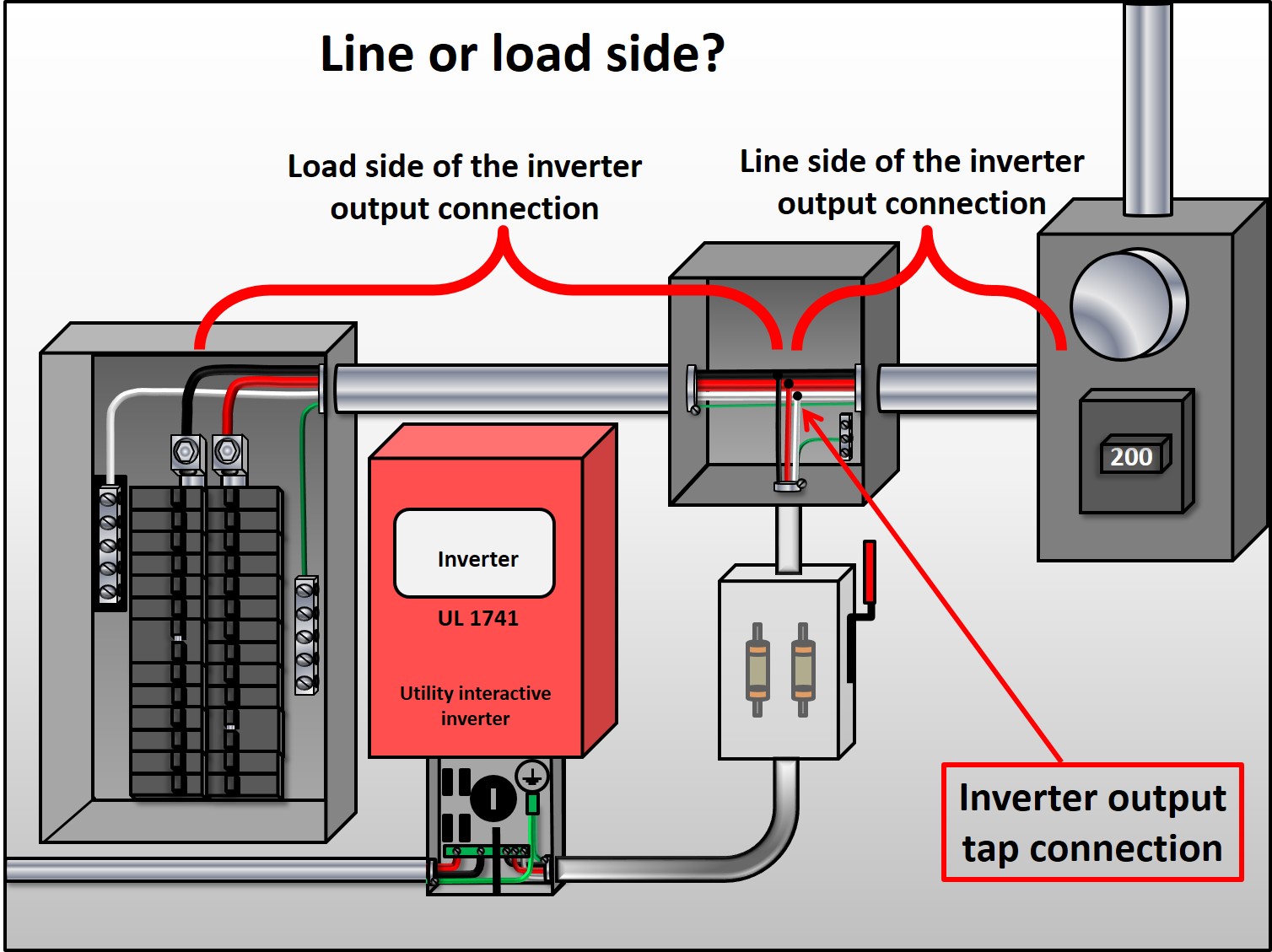
Line Vs Load Electrical
The line represents the power source, while the load is the point at which electrical devices or appliances are connected. Understanding the difference between line and load is essential for proper electrical installations, troubleshooting, and overall safety. So let's explore the topic in detail. Table of Contents Overview of Electrical Circuits:

Gfci Line Load Wiring Diagram
My current approach is as follows: Shut power off at the breaker for the circuit Pick a switch and disconnect it Turn power back on at the breaker Probe the wires at the disconnected switch. If I find a hot wire, then go flip a switch elsewhere in the circuit and probe again. If the hot wire remains hot, I have found the most upstream "line" wire.

Line Vs Load Conquerall Electrical Ltd
Load vs Line Wire: Understanding the Differences. Once we know the concept of load and line wires, we have concluded that the main difference between line and load wires is that line wires carry electricity from the utility company to your home. In contrast, load wires carry electricity from the line wire to outlets, switches, and fixtures..